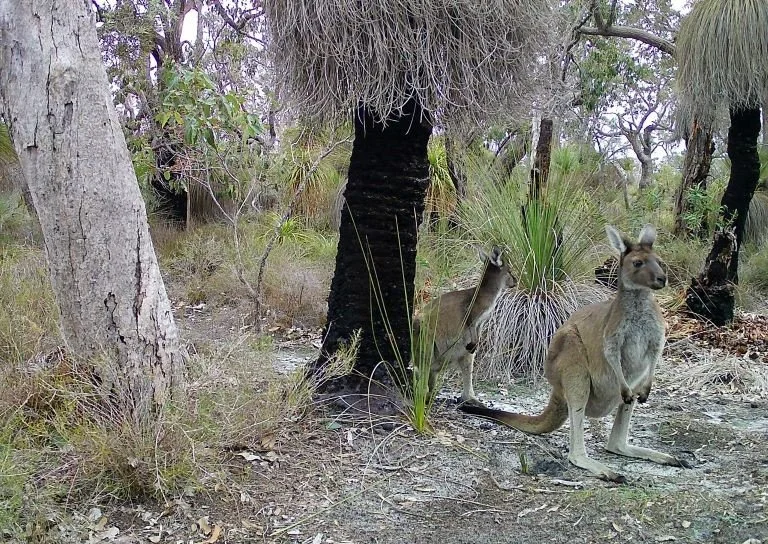
Capes Fauna Project

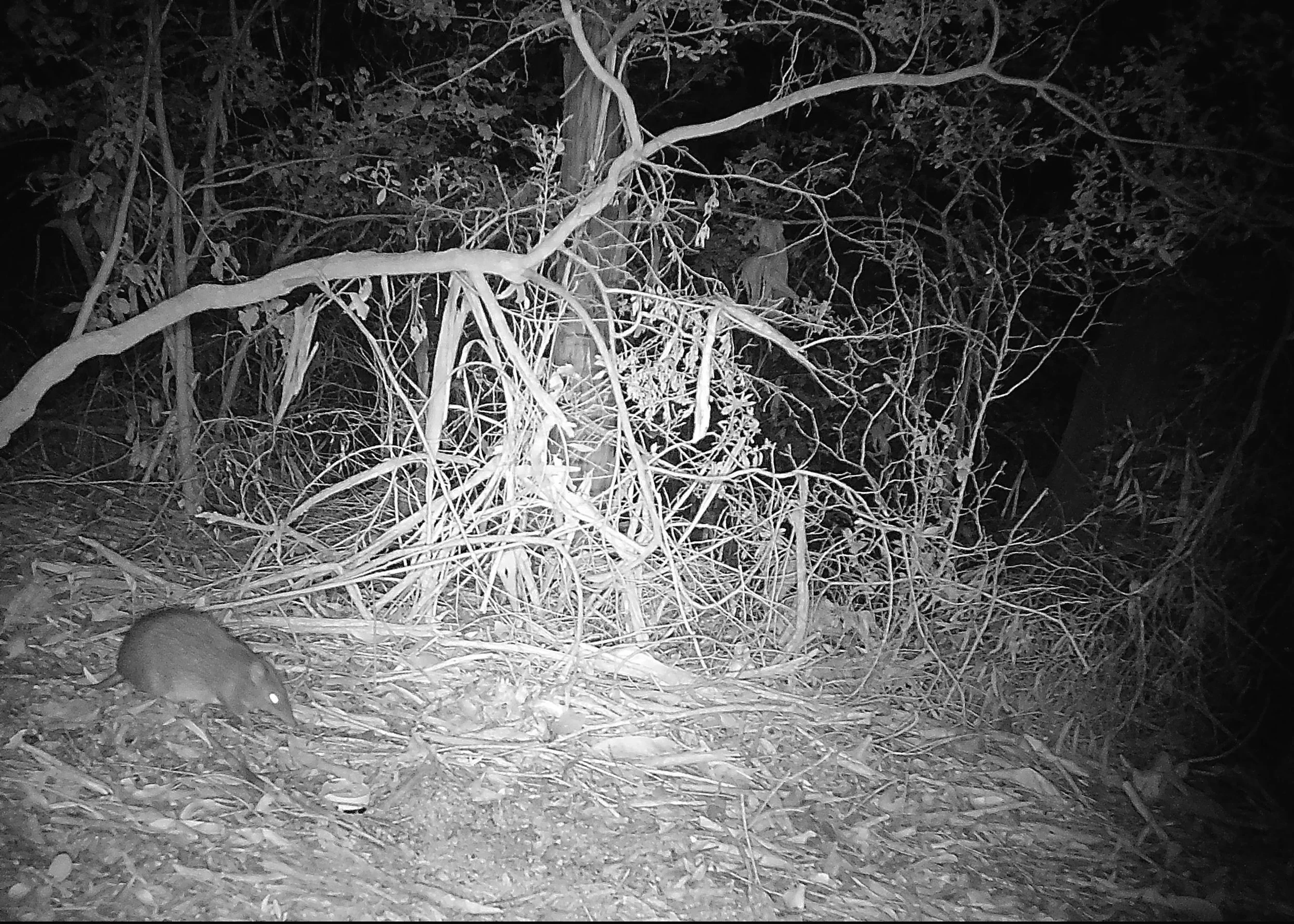
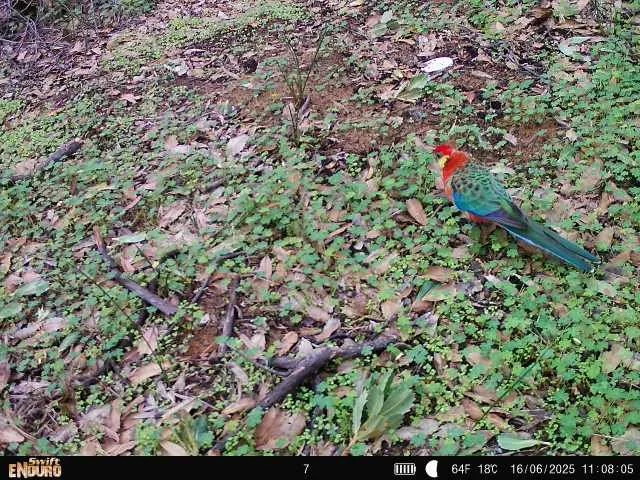

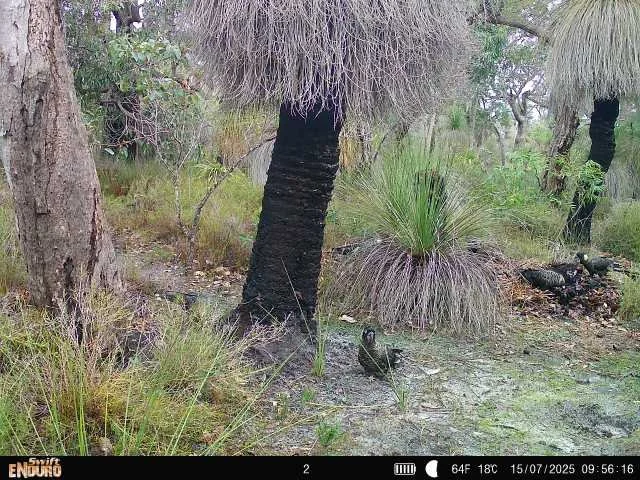






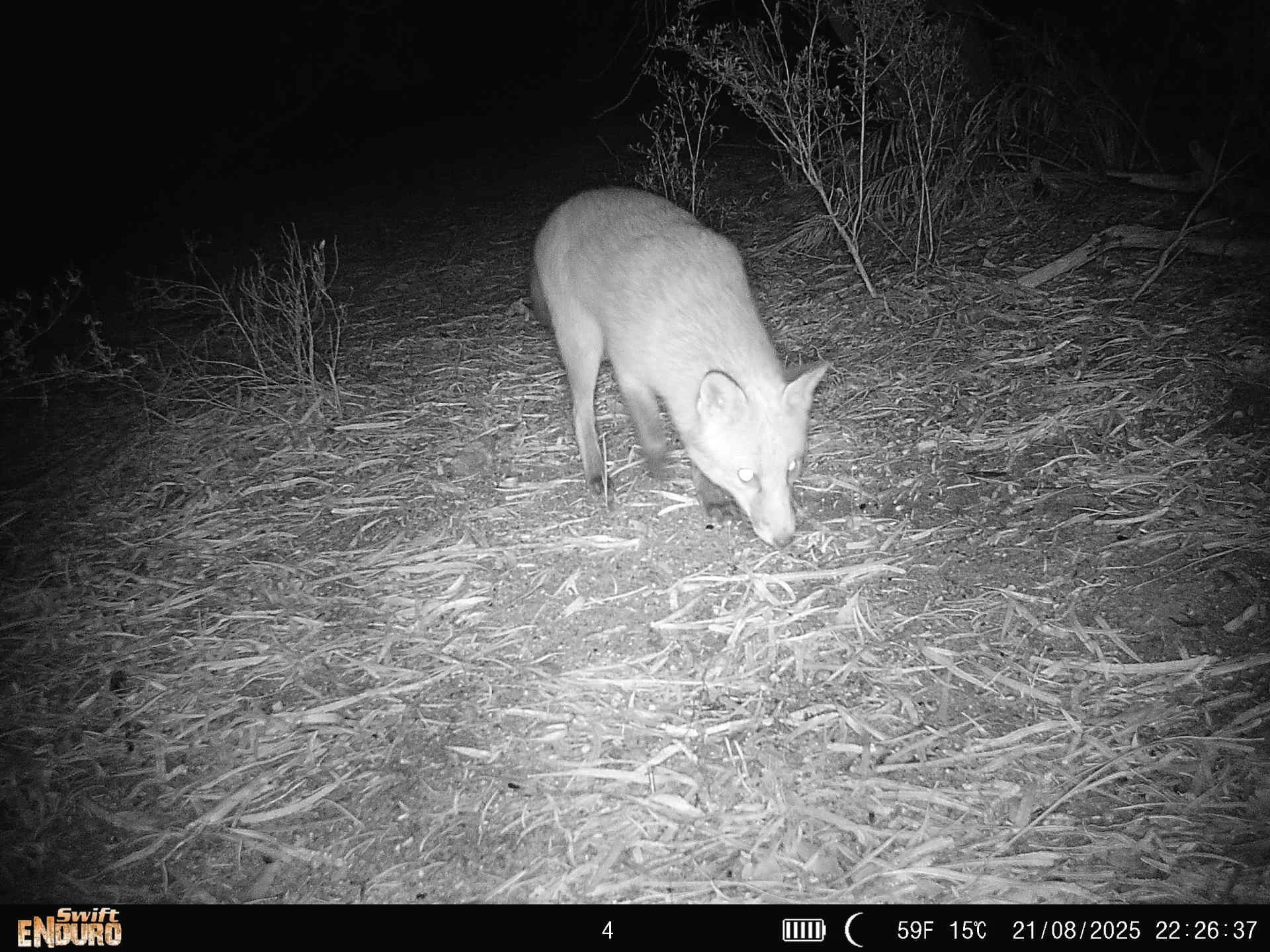
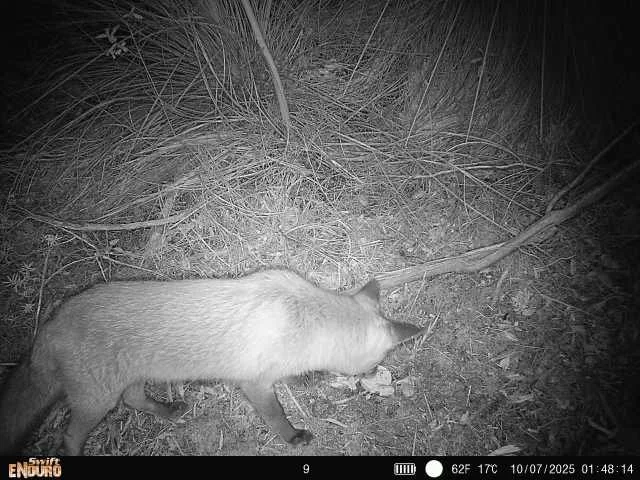
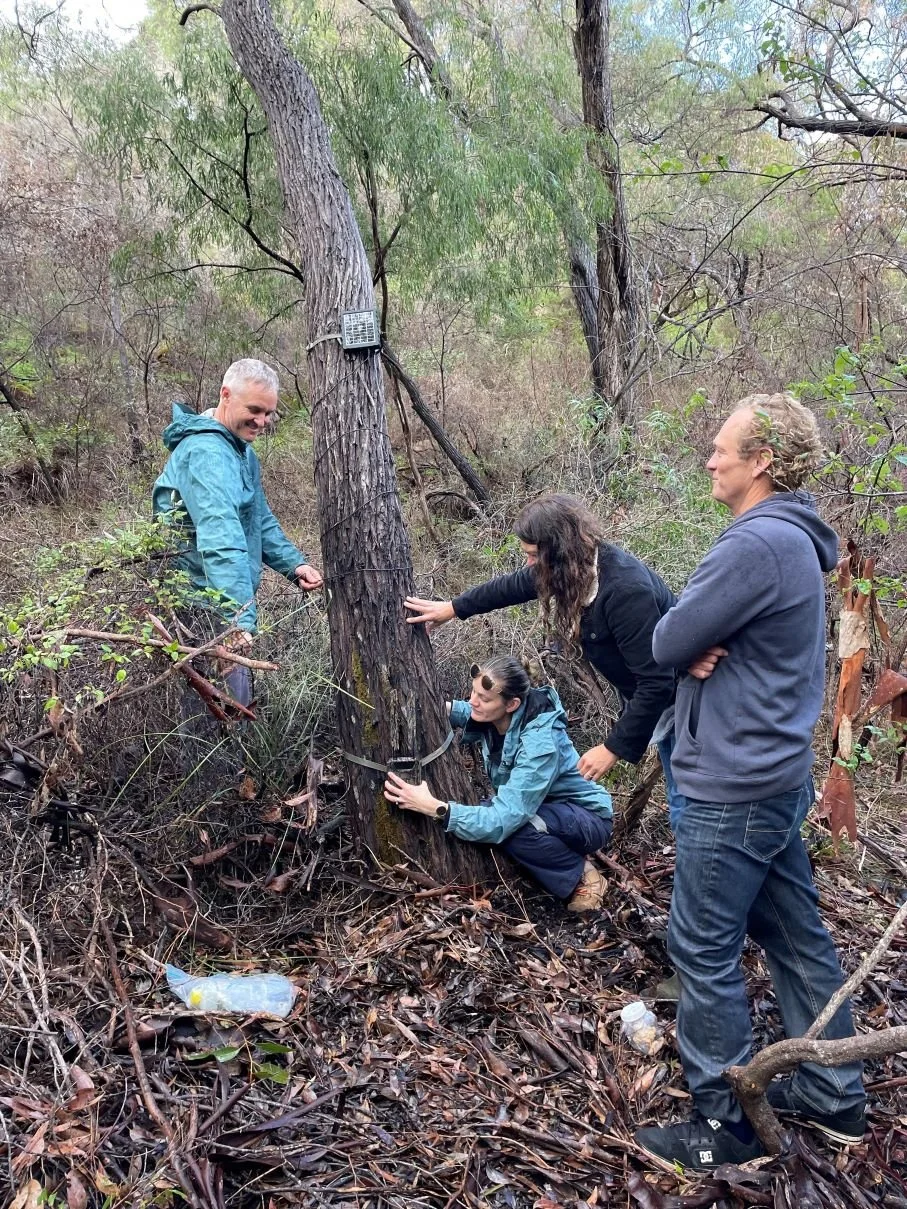

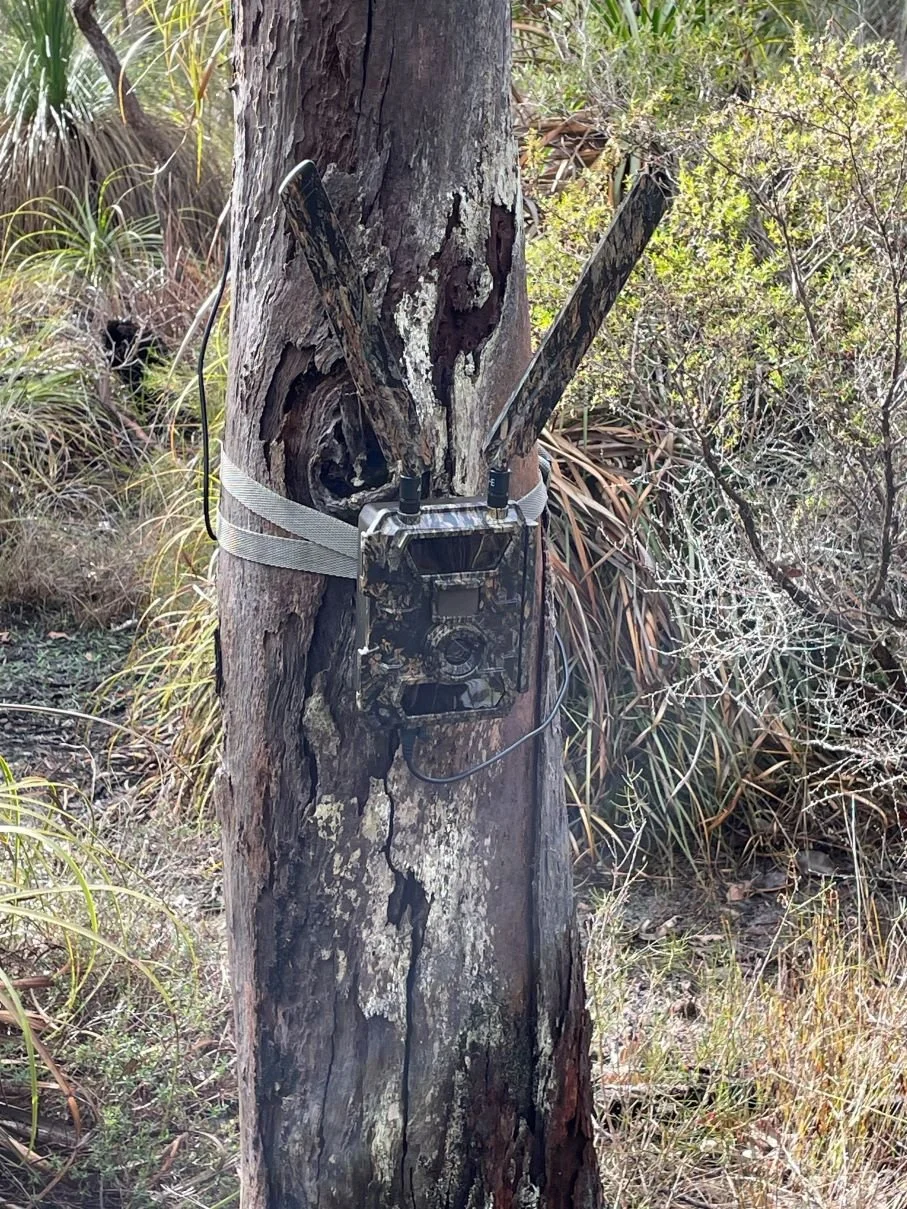



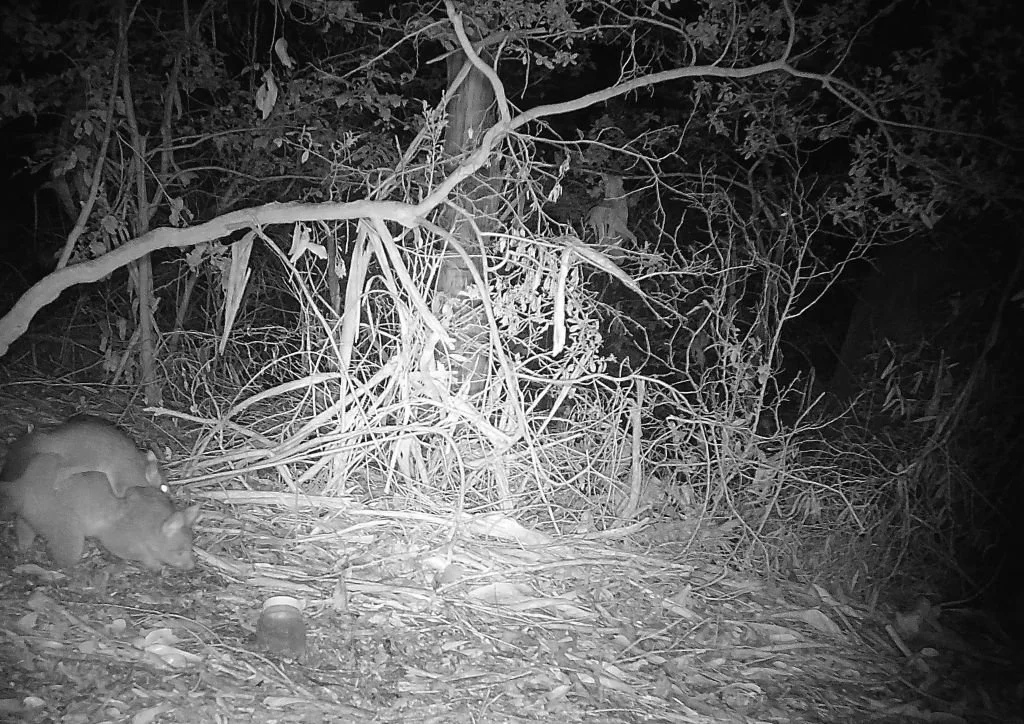
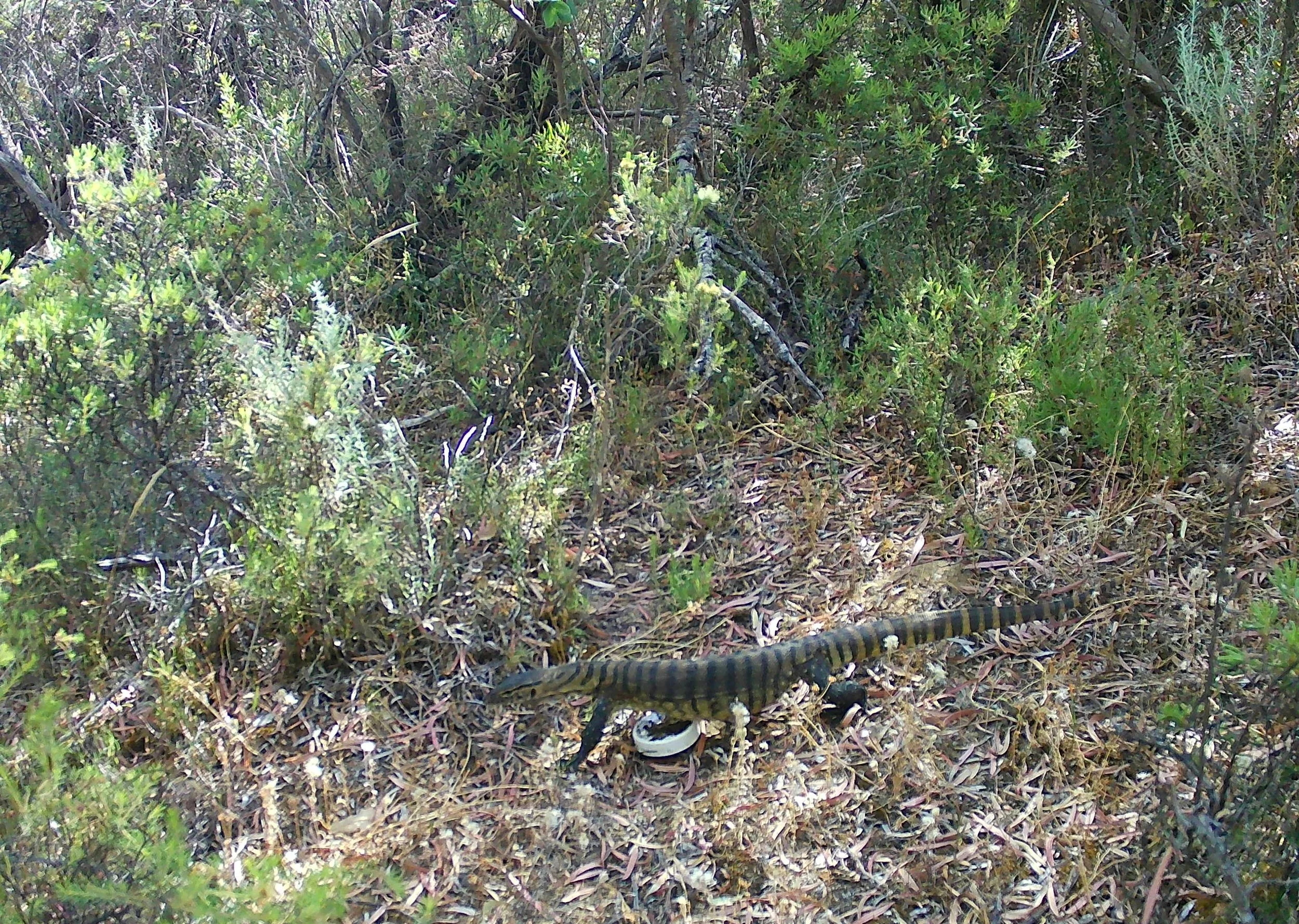
The objective of the Capes Fauna Project (CFP) is to raise awareness about the impacts of feral animals on our native wildlife among the local community, and engage the community and landholders in appreciation of local native fauna and actions that can be taken to manage feral animals and the threats they pose to native animals.
In 2022 LITS started working with the Gracetown Cowaramup Bay Community (GCBC) to survey fauna around the Cowaramup Bay area and establish whether a perceived problem with feral cats and foxes in the area was real. The initial survey was funded by GCBC, Cullen Wines and LITS and supported and managed by ecocene. The 2022 fauna survey included sand plots, observations and 20 wildlife cameras deployed in bushland around Cowaramup Bay for 30 days. Over 70 vertebrate species were found, including conservation listed species such as Baudins cockatoo, forest red tailed black cockatoo, brush bronzewing, quenda, wambenger brush-tailed phascogale and western ringtail possum. The survey also found a significant number of foxes and cats, which posed a threat to the native wildlife.
The 2022 survey was followed up in 2024 with LITS funding the long term deployment of wildlife cameras across a wider project area around Cowaramup Bay. Initially 5 cameras were installed in June 2024 and the data collected, combined with the data from the 2022 survey, was used to guide a 6 day feral cat and fox trapping program in November 2024 involving 30 cage traps.
While no feral cats or foxes were captured during the trapping period, activity patterns indicated consistent presence, especially in the identified hotspots. The trapping program’s outcomes underscored the challenges posed by neophobic behaviour in feral species and the limitations of cage traps as a primary control method. The program is now focused on data collection to document the presence of both native fauna and feral fauna over a longer period. An additional 5 cameras were installed in February 2025 and a another 6 cameras were installed in August 2025, bringing the total number of cameras deployed to 16. The project is being run with the support of the Department of Biodiversity, Conservation and Attractions (DBCA) and the Augusta Margaret River Shire with respect to the areas under their administration.
With the support of private landowners, LITS plans to further extend the camera program to include monitoring on private land. Data from private landholdings in the project area will provide a more complete record of native and feral animal presence across both Government and private land in the area. The camera program currently covers the area bounded by the coastline, Cullen Road, Caves Road and Ellenbrook Road, although we plan to extend the project area to the whole of the Cape to Cape area over time.
Through the Capes Fauna Project, LITS hopes to gather community, landholder and Government support for feral animal management activities.
The Capes Fauna Project is a collaborative effort involving many parties. In addition to those mentioned earlier, the IT systems for sorting, processing and reporting on images obtained from the cameras is being developed by Ocean Vision Environmental Research and we are working with the Australian Wildlife Conservancy to identify the fauna in the images.
More information:
Contact us – email capesfaunaproject@gmail.com to get involved.
Feral cat and fox information - WA Feral Cat Working Group; DBCA; DPIRD;
Australian Wildlife Conservancy; feralcatandfox.com.au
Report feral cat and fox sightings:
Images: A selection of images captured by the cameras from appear below. This will be updated monthly.
















